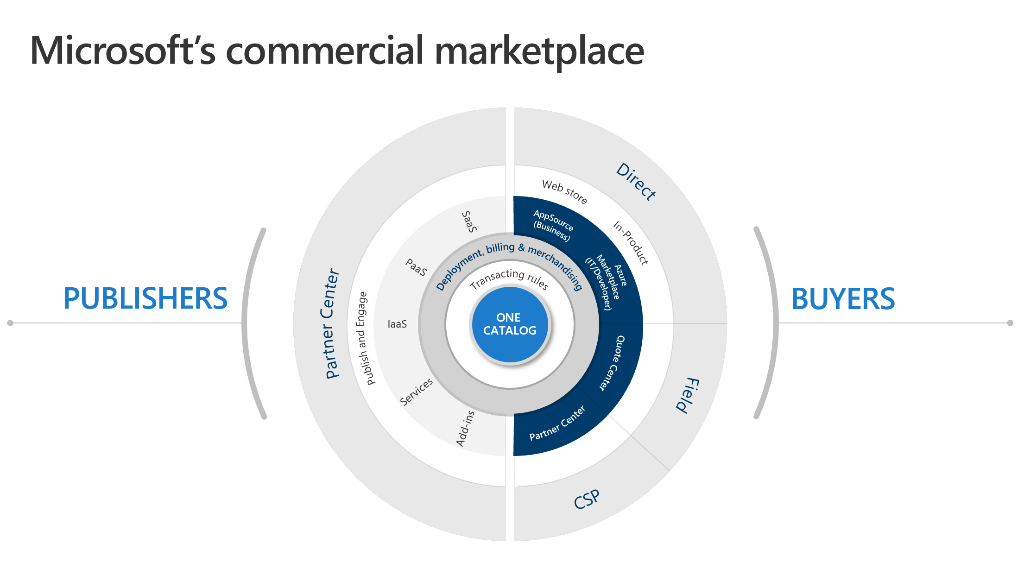The Latest Azure Updates: Azure Lighthouse; Partner programs; Cognitive Services; Blob storage; Azure Advisor
As the middle of the month approached and announcements picked up in the aftermath of the US July 4th holiday, Microsoft announced the general availability of Azure Lighthouse. Using delegated resource management capabilities from Azure Resource Manager, Lighthouse supports creating, updating or changing the size of Azure resources with an API call. It cuts down on the need to use multiple identities or access tokens. The service comes with a repository or automation and extensibility templates housed in GitHub. Among initial users, Rackspace is using Lighthouse to apply a guest audit policy across its customers while Sentia is using it to manage its management artifacts.
Microsoft is retooling its partner program to better serve Azure customers. For instance, it's creating a Healthcare Bot Service partner program, open to existing partners, to help healthcare organizations. Microsoft also put out documentation for a standard Cloud Adoption Framework and is working to expand the reach of the Networking Managed Service Provider program.
The company is encouraging ISVs to sell through its commercial marketplace to gain access to 70,000 cloud solution providers and achieve go-to market benefits compared with simply putting out a solution on Azure Marketplace or AppSource. ISVs will be able to upload IP through a "single ingestion point" called Partner Center.

V3 of Cognitive Services Text Analytics sentiment analysis is in public preview. The new version promises document and sentence-level sentiment analysis, sentiment categories for text and improved access. Azure Search has had longstanding integrations with Cognitive Services, but only for full text search scenarios. A new knowledge store feature in preview projects enriched documents into JSON hierarchies or tables. The Metropolitan Museum of Art of art is using it to make all public domain images in its collection accessible. The goal is to better index images and make large scale assessments of image collections in combination with Power BI.

For developers, a new set of libraries are available offering .NET, TypeScript, JavaScript, Java and Python capabilities for working with Azure Storage, Cosmos DB, Key Vault and Event Hubs. Microsoft stated that this is part of a broader effort to apply new standards across Azure SDKs and respond to feedback that its language-specific libraries weren't following the "idiomatic" approach of each software language.
Microsoft is offering an HDInsight migration accelerator program, which cuts the timeline to as little as 12 to 17 weeks, with added discounts. Azure Migrate is being touted as a centralized approach for other types of migrations, including ISV tools, with server assessment and server migration for Hyper-V, VMware and physical server migrations or database migration tools.
Elsewhere in the Azure stack, Claus Joergensen, principal program manager for Azure Storage, explained pricing for Azure Premium Blob Storage. Block blobs and append blobs are powered by solid-state drives along a 'pay as you go' pricing model. As a result, customers are only charged for amount of data stored and the number of operations in a particular month. Premium pricing is higher than hot data storage pricing. According to Joergensen, premium costs less than standard above 40 to 50 operations per second for each 1 TiB of data.
Among storage technologies, Ephemeral OS disk is now generally available for creating thousands of VMs at scale with a Shared Image Gallery. Writes to Ephemeral OS disk are only cached locally on the VM, thus supporting stateless workloads. It can also support transferring workloads from classic deployments to the Azure Resource Manager model. The disk is free for customers across all Azure regions.
A different approach to workload management comes in the form of proximity placement groups which work through Azure Resource Manager, PowerShell and CLI to place all VMs in a single availability zone for decreased latency.
Kaitlyn Corazao, program manager for Azure Advisor, shared some recommendations about how to share recommendations. The most straightforward approach is to export an Advisor recommendation report as a PDF or CSV through the Advisor UI in Azure portal. Alternatively, users can integrate with a ticketing system using the Advisor REST API, although this works best in larger organizations with sizeable dedicated IT departments.

FREE Membership Required to View Full Content:
Joining MSDynamicsWorld.com gives you free, unlimited access to news, analysis, white papers, case studies, product brochures, and more. You can also receive periodic email newsletters with the latest relevant articles and content updates.
Learn more about us here